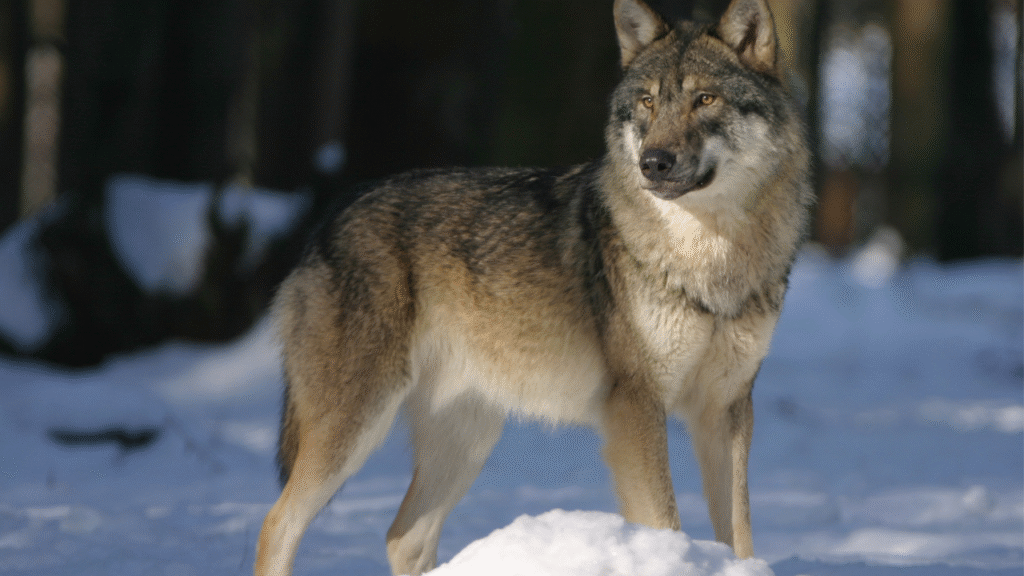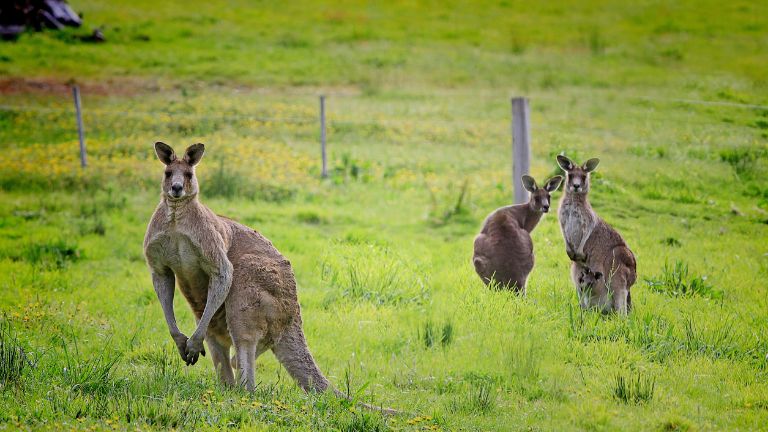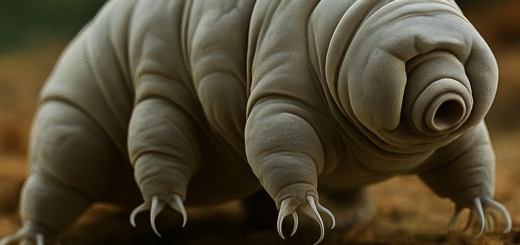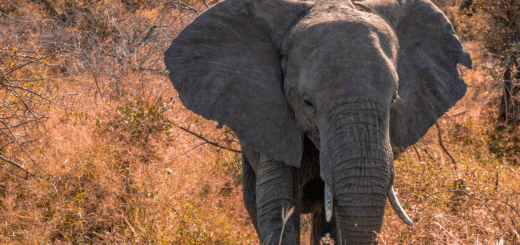Why Some Animals Mate for Life: The Science Behind Monogamy in the Animal Kingdom
In the wild world of nature, mating behaviors are as diverse as the species themselves. While many animals pursue multiple partners during their lifetime, some choose a different path: they form long-term, even lifelong, monogamous bonds. But why do some animals mate for life? What evolutionary advantage does monogamy offer in a world driven by survival and reproduction?
In this article, we explore the fascinating reasons behind lifelong pair bonds in animals, the species that practice them, and the science that explains this rare but remarkable behavior.
What Does It Mean to Mate for Life?
Mating for life, or long-term monogamy, refers to a behavioral strategy where two animals form an exclusive partnership that often lasts throughout their lifetime. This bond typically involves more than just reproduction—it includes shared parenting, mutual protection, and cooperation in survival tasks.
Animals Known to Mate for Life
Here are a few well-known examples of animals that often mate for life:
- Wolves: Packs are typically centered around a bonded pair, often referred to as the alpha male and female.
- Swans: Known for their graceful appearance, swans are also celebrated for forming lifelong bonds.
- Beavers: These industrious rodents work as a team to build dams and raise their young.
- Gibbons: These small apes form tight family units and demonstrate strong social bonds.
- Bald eagles: These iconic birds often return to the same nest and partner year after year.

Why Do Some Animals Choose Monogamy?
There are several evolutionary and ecological reasons why monogamy can be advantageous for certain species:
1. Parental Investment and Offspring Survival
In species where offspring require significant care, having two committed parents increases the chances of survival. Both parents can contribute to feeding, protecting, and teaching the young, giving them a better start in life.
2. Resource Sharing and Territory Defense
Monogamous pairs can more effectively defend territory and resources. This is especially true in environments where food or nesting sites are limited.
3. Reduced Risk of Disease
Some scientists suggest that exclusive mating relationships may help reduce the spread of sexually transmitted infections, which can affect fertility and survival.
4. Bonding Enhances Cooperation
In species like wolves and beavers, monogamous bonds foster cooperation and teamwork. These traits are essential in species that rely on coordinated efforts for hunting or construction.
5. Mate Guarding
In species where the sex ratio is skewed or competition is high, securing a mate for life ensures reproductive success. It also prevents rivals from mating with their partner.
Is Monogamy Always Strict?
Not necessarily. While some species appear strictly monogamous, genetic studies have revealed that extra-pair mating can and does occur. In other words, while many animals form social bonds with one partner, they may not always be sexually exclusive.
A Human Connection
Humans often admire animals that mate for life because the behavior resonates with our own social and emotional values. However, it’s important to remember that in nature, monogamy is not about romance—it’s about survival and reproduction.
Final Thoughts
Mating for life is a rare but compelling strategy in the animal kingdom. From birds to mammals, the reasons behind monogamous behavior are deeply rooted in evolutionary biology. Whether for raising offspring, defending territory, or simply increasing the odds of survival, these lifelong bonds serve a crucial purpose in the wild.








